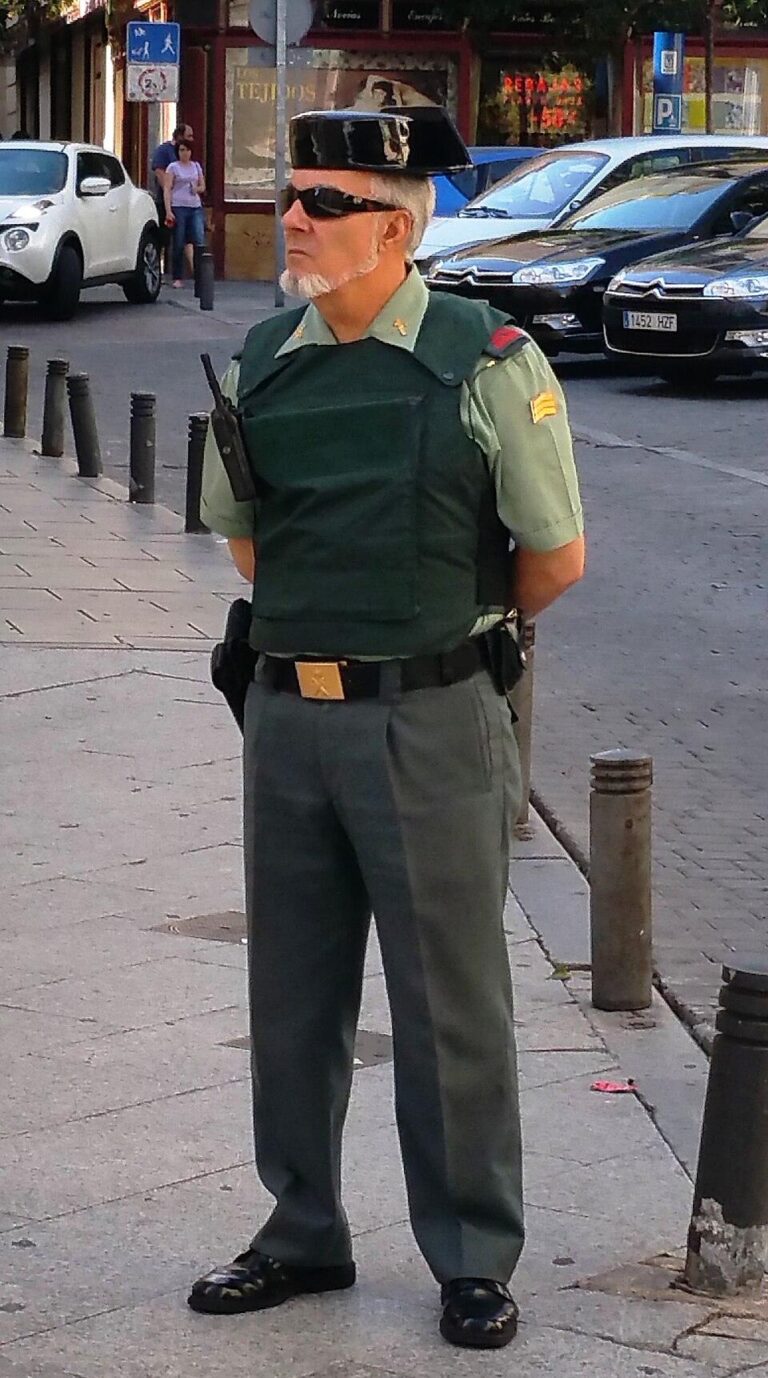Spain’s Guardia Civil has seized a massive shipment of hashish after a dramatic high-speed boat chase off the country’s southern coast. Authorities intercepted a vessel carrying 1.87 tons of the drug, marking a significant blow to narcotics trafficking in the region. The operation, which unfolded swiftly on the Mediterranean Sea, highlights ongoing efforts by Spanish law enforcement to combat smuggling through maritime routes. Further details of the chase and subsequent arrests are emerging as investigations continue.
Spain’s Guardia Civil Thwarts Major Hashish Smuggling Operation in High-Speed Pursuit
In a dramatic maritime chase that unfolded off the coast of southern Spain, the Guardia Civil successfully intercepted a vessel smuggling 1.87 tons of hashish. The operation began when coastal patrols detected a suspicious high-speed boat attempting to evade checkpoint controls. After a tense pursuit that tested the limits of naval coordination and speed, authorities managed to bring the craft to a halt without casualties. The seizure marks one of the largest drug busts in recent years, highlighting ongoing efforts to disrupt the trafficking routes that funnel narcotics into Europe.
Key details of the operation include:
- Sophisticated tracking technology used to monitor the vessel’s movement
- Multiple units from the Guardia Civil maritime and coastal divisions involved
- Immediate evidence collection and on-site documentation of seized cargo
- Suspects detained and transferred to authorities for interrogation
The following table summarizes the haul specifics and operational statistics:
| Category | Details |
|---|---|
| Quantity Seized | 1,870 kilograms |
| Vessel Type | High-speed motorboat |
| Duration of Pursuit | Approx. 45 minutes |
| Number of Suspects | 3 |
| Location | Near Costa del Sol |
Inside the High-Stakes Chase: Tactics and Technology Behind the Interception
Spain’s Guardia Civil deployed a combination of advanced maritime technology and well-coordinated tactical maneuvers to bring the high-speed chase to a successful conclusion. Utilizing radar tracking systems and night vision equipment, the officers maintained visual and electronic contact with the suspect vessel despite the cover of darkness and high waves in the Strait of Gibraltar. The boat’s sudden bursts of speed were countered through coordinated interception points, where backup units strategically positioned themselves to prevent any escape routes.
Key tactics and tools included:
- Real-time GPS data sharing among patrol units to monitor the boat’s trajectory
- Use of sonic communication devices to issue warnings and demands for surrender
- Coordinated deployment of fast interceptor vessels tailored for high-speed pursuits
- Integration of aerial surveillance from a helicopter support unit for a bird’s-eye view
| Technology | Function | Impact | ||||||||||||||
|---|---|---|---|---|---|---|---|---|---|---|---|---|---|---|---|---|
| Radar Tracking | Continuous vessel detection in rough seas | Ensured no loss of target during pursuit | ||||||||||||||
| Night Vision | Enhanced visibility in low light | Allowed safe approach and interception | ||||||||||||||
| Sonic Communication | Recommendations for Strengthening Maritime Drug Enforcement and Community Safety
To effectively combat maritime drug trafficking and bolster community safety, authorities must invest in advanced surveillance technologies such as radar systems, infrared cameras, and drone monitoring. These tools enhance real-time detection capabilities, allowing rapid interdiction on high-speed vessels commonly used by smugglers. Cooperation between naval forces and local law enforcement agencies is crucial, facilitating seamless intelligence sharing and coordinated patrols across territorial waters. Key strategies for reinforcement include:
Final ThoughtsThe successful interception of 1.87 tons of hashish by Spain’s Guardia Civil underscores the ongoing efforts to combat drug trafficking along the country’s coastline. This high-speed boat chase not only highlights the risks undertaken by law enforcement but also the challenges posed by organized crime in the region. Authorities continue to strengthen maritime patrols and intelligence operations to disrupt illegal smuggling networks and ensure public safety. Further investigations are underway as Spain remains vigilant in its fight against narcotics trafficking. |




